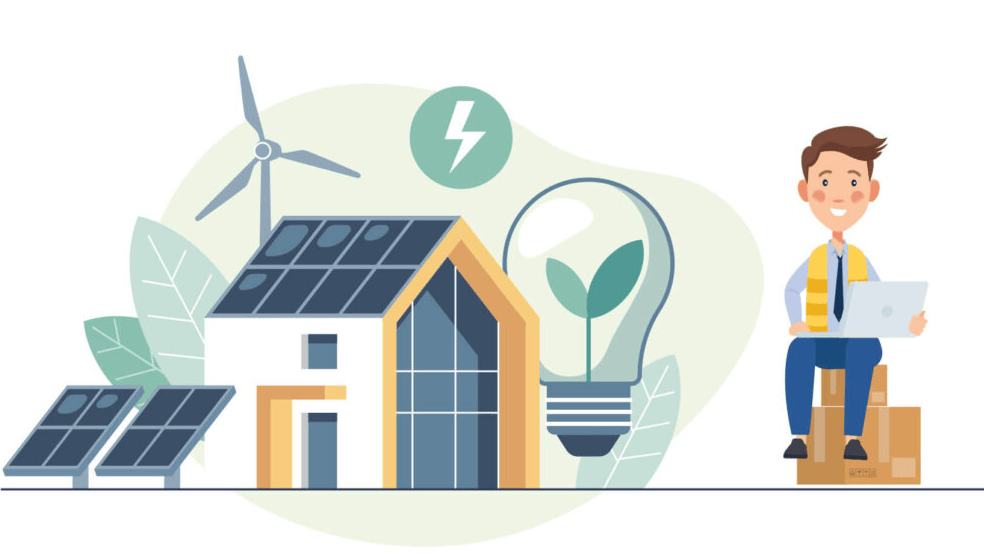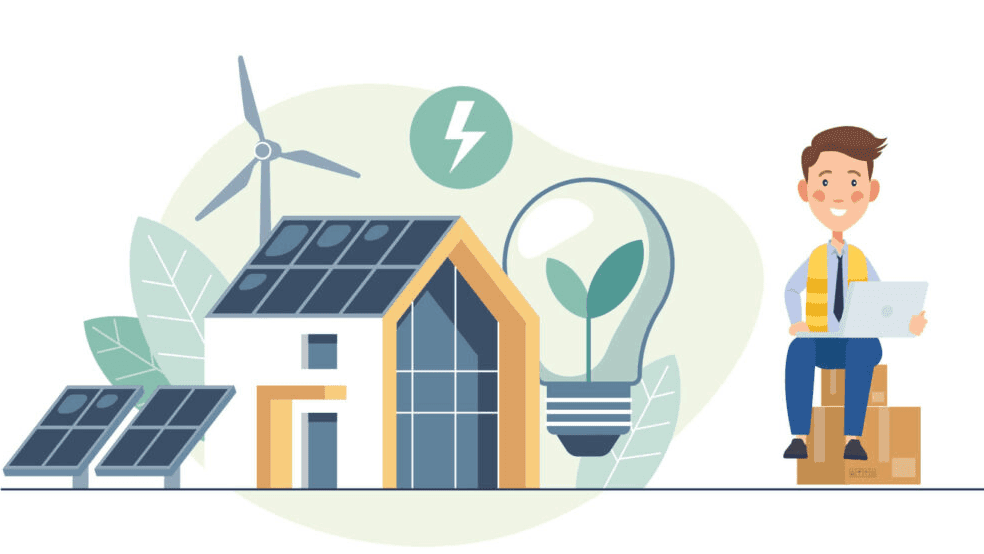Designing and installing an off-grid solar system for your household is an exciting and challenging DIY project to do. It has an unique taste I would say, far more than calculating its pay-back period. Well, it is something you can only get from building something yourself, as you would get from any DIY project.
Of course, we should calculate the payback period. Actually, we are going to calculate it at some point within this article series. Safety is the first in any project, as well as in our project. Enough talking, let’s begin right away. Fasten your seat belts and enjoy the ride.
Let’s first see why you should consider solar power project for your house hold, before going to technical calculations and guideline.
An off-grid solar system can provide you with reliable and sustainable energy, reducing your dependence on the grid is the key advantage in any energy crisis. It also on the other hand, save you money from your electricity bill, paying back the initial cost of installation. System is almost maintainence free, except occasional maintenance costs. More than that, it is one of the good clean energy sources (what is clean energy?). Thus, by installing a solar power system in your home, you’re contributing to a healthier environment for everyone. This is because solar power systems emit zero greenhouse gases, which means they have a significant positive impact on our planet. Now let’s see the step by step design process.
# 1. First comes "The calculation step for your household energy requirement":
You need to know how much electricity you use daily before determining the size of the solar system you need. For this, you can use either of following methods,
- Observe your electricity invoice and check your usage to determine your daily average usage in kWh.
- Consider your appliances, lighting, heating and cooling, and any other electrical devices you use.
| Device | W ≈wattage | No of devices (n) | Hours in use per day (t) | Wxnxt (Wh) |
|---|---|---|---|---|
| Fridge | 200 | 1 | 8 | 1600 |
| Bulbs (LED) | 15 | 10 | 8 | 1200 |
| Television 53″-61″ | 180 | 1 | 3 | 540 |
| Induction cooker | 1500 | 1 | 1.5 | 2250 |
| Microwave oven | 1000 | 1 | 0.25 | 250 |
| AC | 800 | 1 | 5 | 3200 |
| Laptop | 50 | 2 | 6 | 600 |
| Computer monitor | 150 | 2 | 6 | 3600 |
| Washing machine & dryer | 800 | 1 | 1 | 800 |
| Geyser | 1200 | 1 | 0.75 | 900 |
| Coffee Maker | 1000 | 1 | 0.5 | 500 |
| Toaster | 800 | 1 | 0.5 | 400 |
| Iron | 400 | 1 | 0.5 | 200 |
| Ceiling fan | 100 | 4 | 3 | 600 |
| Daily energy consumption | 16,640 |
For our example scenario, result is 16.64 kWh.
#2. Now, we have to calculate solar system requirements:
The ultimate source of energy is the sun. BUT the sun is not shining in the sky all day and irregular in different seasons of the year in countries that are off the equator. Thus we need to consider,
- Amount of sun light in a given location: From online tools or with rough observation you can find on average how many hours sunlight is received to your location, on an average day. For the example let’s take 6 hours/day sunlight roughly.
- The efficiency of solar panel: With significant improvement in the efficiency of solar panels recently, have on average around 18-21% efficiency in the converting sunlight into electrical energy. However, this is not affecting our calculation since wattage at the time of the sun shining is given in the spec. But, we need to consider how much drop in efficiency it might introduce from solar panels ratings to system due to aging and other reasons (connections). We will take it as 90% of produced wattage is supplied to the system.
#3. Let’s find a suitable solar panel specification for our requirements.
In order to build 3.08 kWh in our example, we need to combine several solar panels. When combining solar panels, it’s important that solar panels have similar specifications, such as the same voltage and current ratings. This will ensure that the panels work together efficiently. To calculate the number of solar panels you need, divide the total power need by the peak power output of the solar panel.
First, choose a type of solar panels for your system. Example panel spec for our calculation: Table 02.
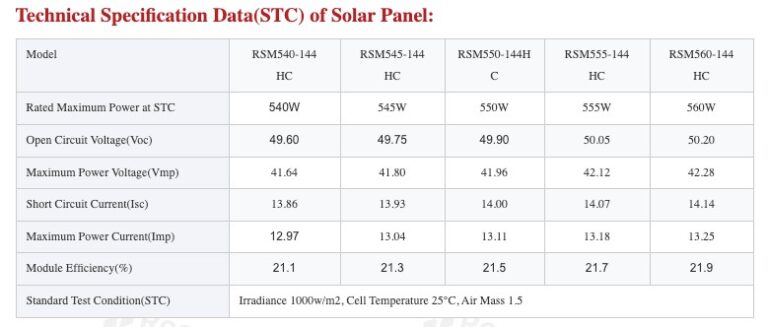
\textrm{ Number of solar panels required }=\frac{\textrm{power requirement}}{\textrm{Wattage of single solar panel}} = \frac{3.08kW}{0.540W} = 5.7 \approx 6
- 12v system,
- 24v system,
- 36v system, and
- 48v system.
- Hybrid type inverter: You do not need to buy a separate charge controller since it is essentially a combination of an inverter, a charge controller, and a grid-tie function. This type of inverters are capable of working with conventional energy sources like grid power/ generator whenever battery backup runs out or lack of energy production
- Standard inverter: You need to buy a separate charge controller. In this example-build, we will be using this type.
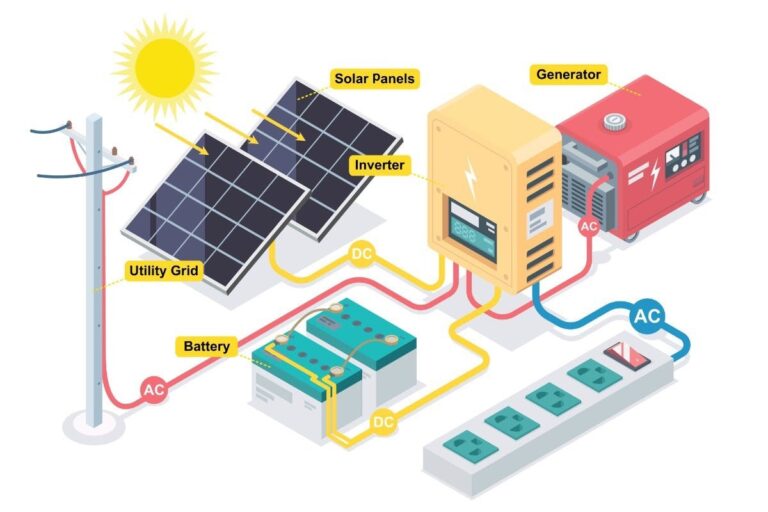
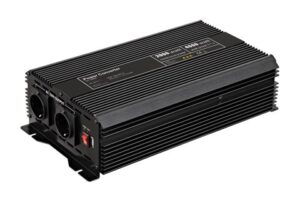
- Pure sine wave. (preferred)
- Modified sine wave.
- Square wave.
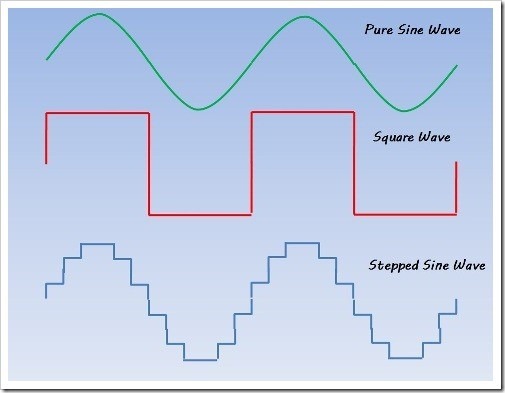
Now, there are two ways to combine solar panels (6):
- Panels in series: This involves connecting the positive terminal of one panel to the negative terminal of another panel, and continuing this pattern until all panels are connected. To combine the voltage of multiple panels, you can connect them in series [Fig: 05 (i)]. The voltage output of the combined panels will be the sum of the individual panels’ voltages.
- Panels in parallel: This involves connecting the positive terminals of all panels together and the negative terminals of all panels together [Fig: 05 (ii)]. To combine the current of multiple panels, you can connect them in parallel. The current output of the combined panels will be the sum of the individual panels’ currents.
Voc=V1=49.6v
- Hybrid mode of the above two methods

NOTE: Choosing the right solar panels is essential to ensure the efficiency and effectiveness of your off-grid solar system. Look for high-quality solar panel brands which are durable, efficient, and can withstand extreme weather conditions. Consider the size, type, and output of the solar panels, as well as the warranty and certifications.
- MPPT (Maximum Power Point Tracking): MPPT is a more advanced and efficient way to regulate the charging of solar batteries.
- PWM (Pulse Width Modulation): PWM is a simpler method of solar charge controller regulation. PWM controllers essentially turn the solar panels on and off in order to regulate the amount of charge going into the battery.
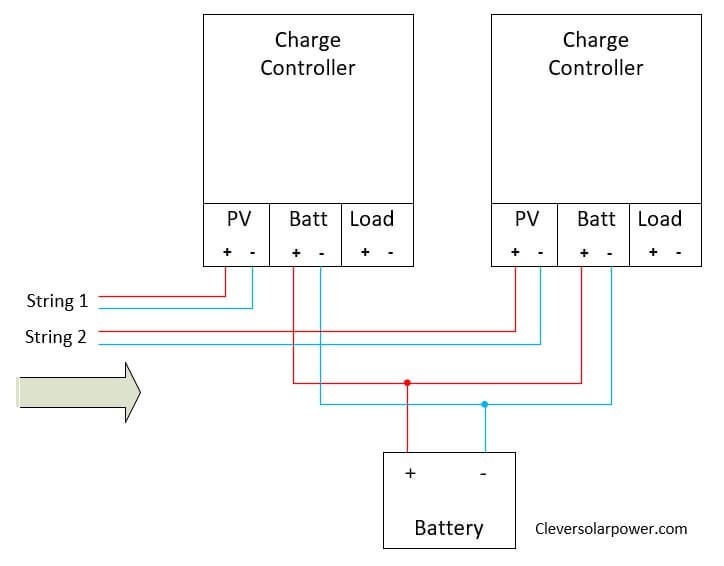
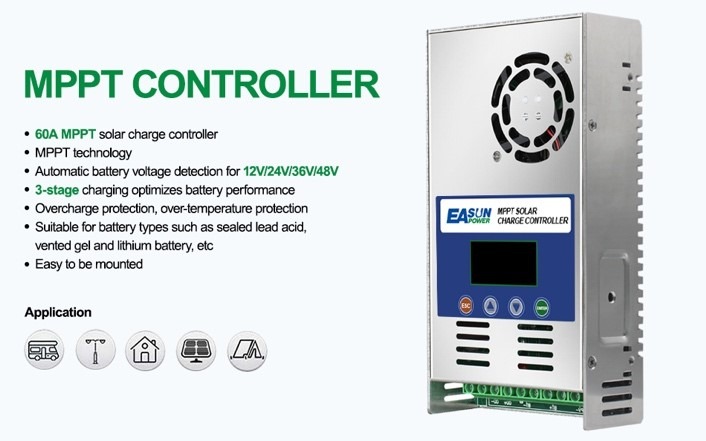
Now let’s connect MPPT chargers to the battery bank/pack:
Determine the battery storage capacity:
Battery capacity required = energy requirement of household items∗factor = 16.64kWh \times 40\%
We will discuss more into building your own (DIY)battery pack with 7kWh capacity using LFP(LiFePO4) cells in up coming articles.
We will continue this article series on DIY installing practices and deep dive into specifications of mainly solar panels, battery banks, inverters, safety and protection devices, and wire gauges and fuses. Finally, a full connection diagram will be described for you. If you have any doubts or things to be discussed in up coming articles please leave a comment below. Hope you have got a rough idea of how calculations are done for designing your own DIY solar system.
